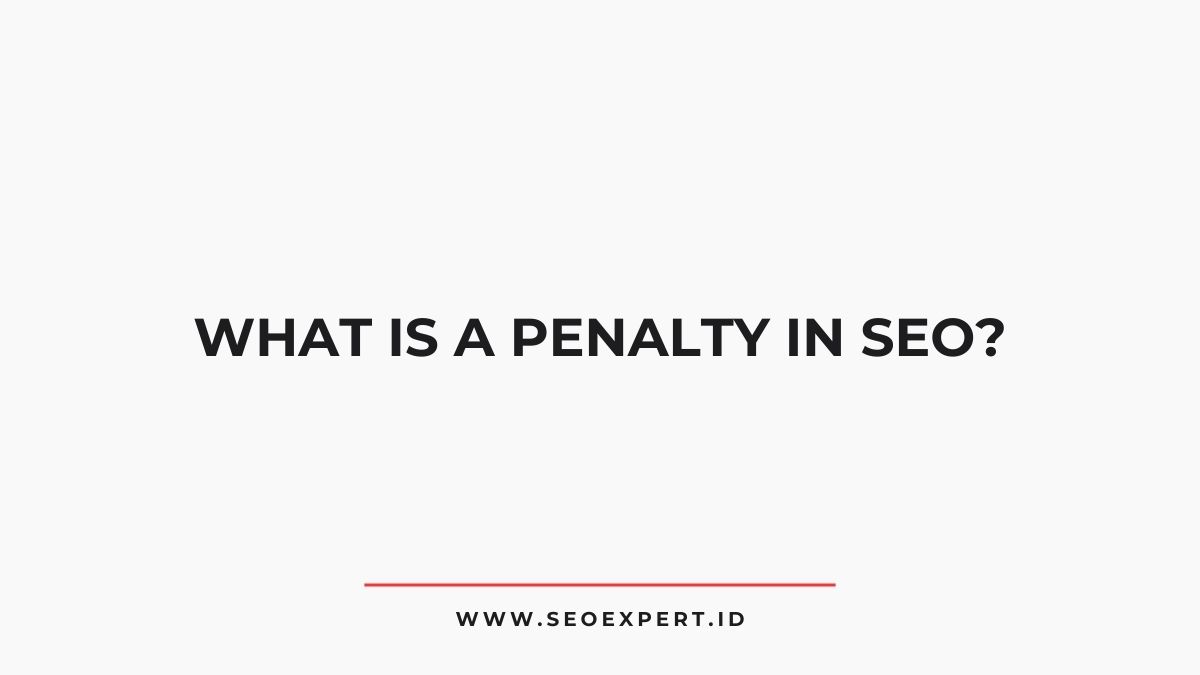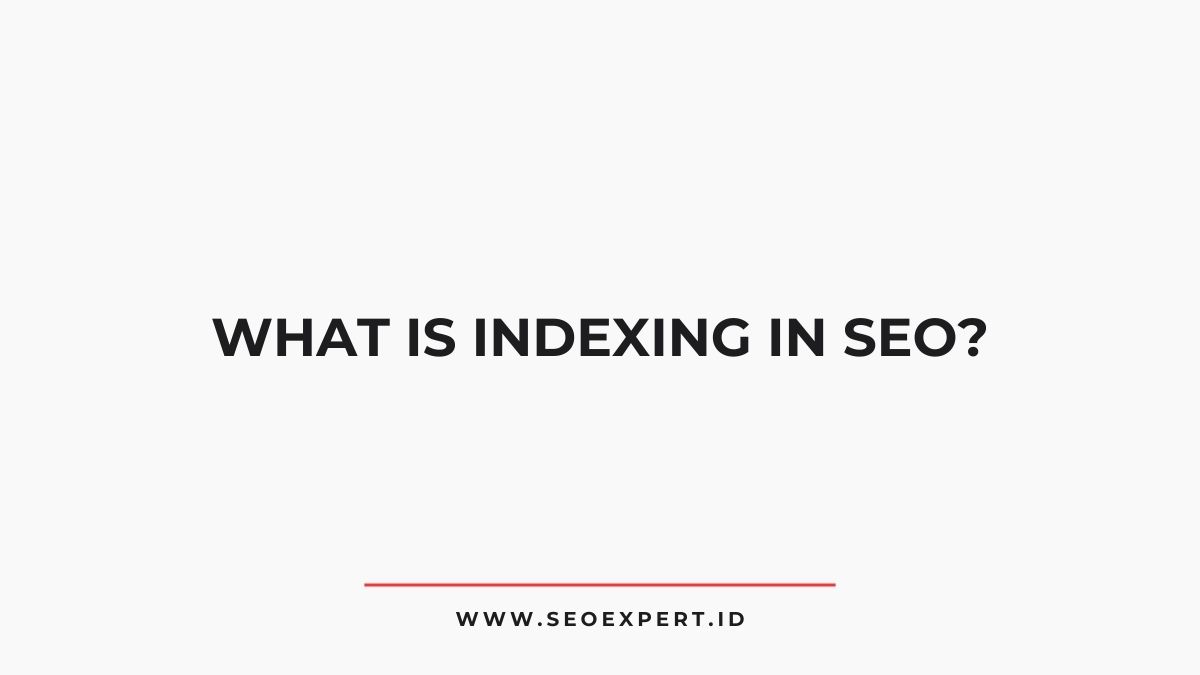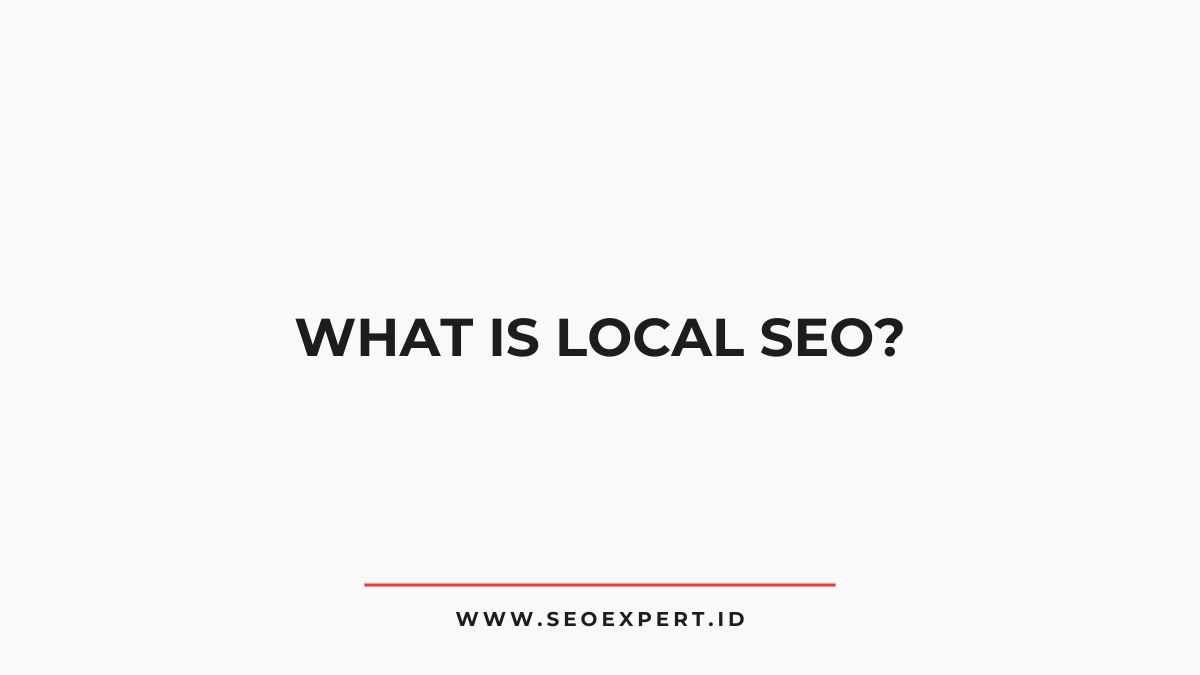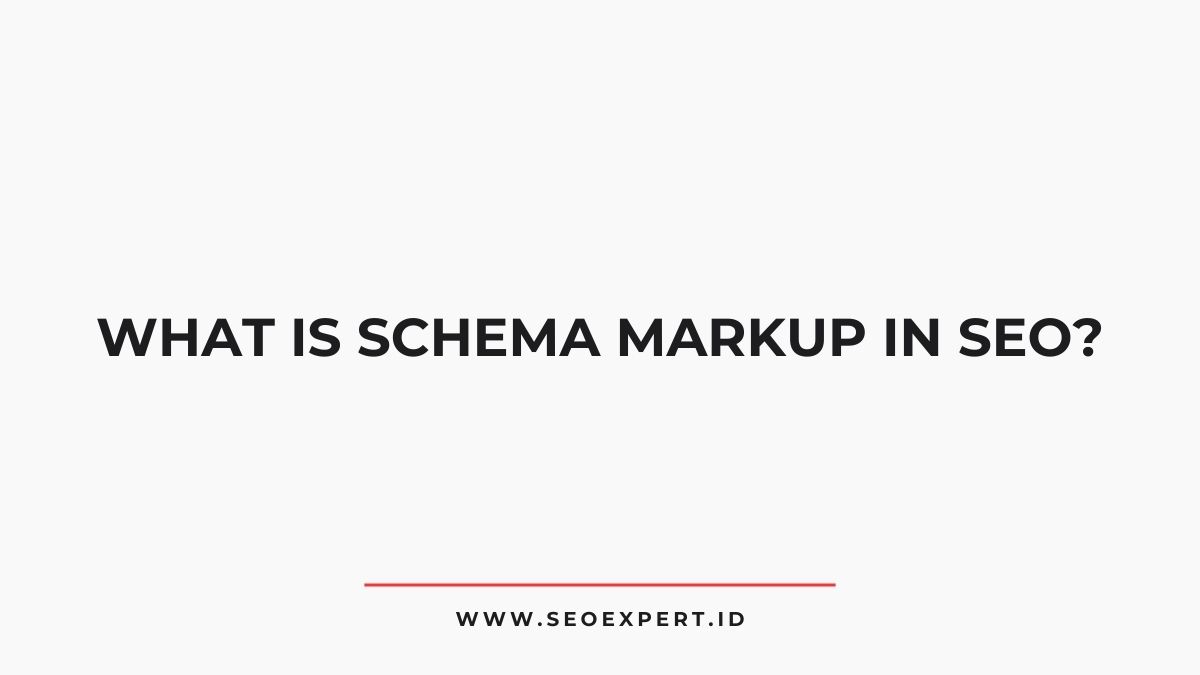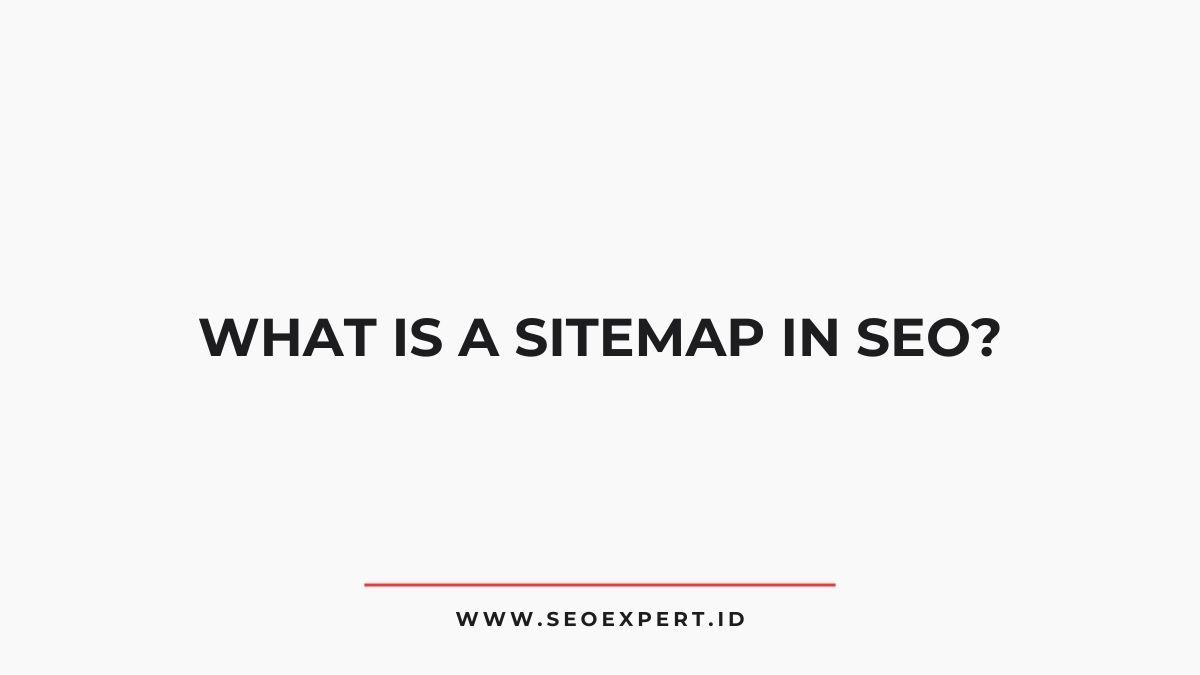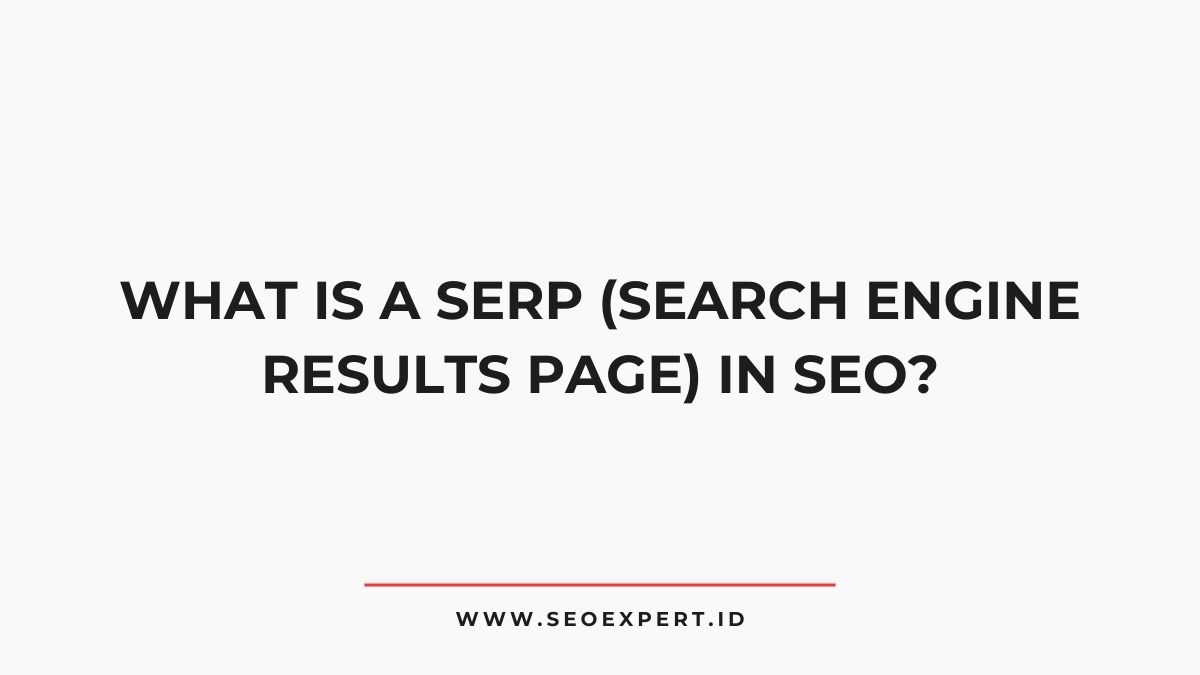An SEO penalty is a sanction imposed by search engines to guarantee compliance with their quality guidelines.
Screpy
Utilize an AI-driven SEO analysis tool to evaluate your website and monitor your keywords all in a single intuitive dashboard.
These penalties can stem from manipulative practices such as keyword stuffing or low-quality backlinks.
There are two main types: algorithmic penalties, triggered by search updates, and manual penalties, enforced by human reviewers. The effects can include severe drops in visibility and traffic.
Understanding these penalties is vital for recovery and long-term success, making further examination essential.
TL;DR
Hide- An SEO penalty is a consequence imposed by search engines for violating guidelines, affecting a site's visibility and traffic.
- There are two main types of penalties: algorithmic penalties triggered by search engine algorithms and manual penalties imposed by human reviewers.
- Common reasons for penalties include manipulative link practices, keyword stuffing, and low-quality content that doesn't meet user intent.
- Sudden drops in organic traffic or rankings can indicate a penalty, which can be identified through tools like Google Search Console.
- Recovering from a penalty involves auditing your site, addressing violations, and submitting a reconsideration request to search engines.
Understanding SEO Penalties
Understanding SEO penalties is essential for website owners and digital marketers who aim to maintain or improve their search engine rankings.
Search engines impose penalties to enforce guidelines that guarantee fair competition and high-quality content. These penalties can arise from various factors, including manipulative link practices, keyword stuffing, or low-quality content.
The implications of these penalties can be severe, leading to reduced visibility and traffic, which ultimately affects revenue.
To safeguard against potential penalties, website owners must prioritize ethical SEO practices, focusing on quality content and user experience.
Regular audits and updates can help identify vulnerabilities while fostering compliance with search engine algorithms. A proactive approach will not only mitigate risks but also enhance long-term digital strategies.
Types of SEO Penalties
SEO penalties can be categorized into two main types: algorithmic penalties and manual penalties.
Algorithmic penalties occur when search engine algorithms detect violations of guidelines during routine crawls, often triggered by updates like Google’s Penguin or Panda. These penalties can impact a site’s rankings without direct human intervention.
In contrast, manual penalties are imposed by search engine reviewers who identify specific infractions, such as unnatural link building or thin content. These penalties require direct action from the site owner to rectify the issues and submit a reconsideration request.
Understanding the distinction between these penalties is essential for website owners aiming to maintain compliance and safeguard their online presence, as each type necessitates distinct strategies for resolution and recovery.
Identifying If Your Site Has Been Penalized
Determining whether a website has faced an SEO penalty is critical for maintaining its visibility and performance in search engine results. Key indicators include sudden drops in organic traffic, which may signify a penalty rather than a natural fluctuation.
Analyzing search engine rankings can reveal patterns, particularly if specific keywords have lost positions. Additionally, reviewing Google Search Console for messages or manual action notifications provides direct insights.
A decline in backlinks or an increase in toxic link profiles may also suggest a potential penalty. Regularly auditing the site’s compliance with SEO best practices and guidelines allows for early detection of issues, fostering a proactive approach to safeguarding online presence and ensuring long-term growth and stability.
Steps to Recover From an SEO Penalty
Recovering from an SEO penalty requires a systematic approach that addresses the underlying issues causing the decline in rankings and traffic.
The process involves several strategic steps to guarantee a thorough recovery.
- Analyze the penalty type: Determine whether the penalty is algorithmic or manual to tailor the recovery strategy.
- Conduct a detailed audit: Identify and rectify the specific violations that led to the penalty.
- Disavow harmful backlinks: Use the disavow tool to remove toxic links that may negatively impact site authority.
- Submit a reconsideration request: After addressing the issues, submit a request to search engines for review, demonstrating compliance with guidelines.
This methodical approach emphasizes not only recovery but also the importance of adhering to best practices moving forward.
Preventing Future SEO Penalties
Although penalties can greatly disrupt online visibility, implementing proactive strategies can help mitigate the risk of future occurrences.
To safeguard against potential penalties, website owners should prioritize adherence to search engine guidelines, ensuring compliance with best practices. Regular audits of website content and backlink profiles can identify and rectify issues before they escalate.
Maintaining high-quality, relevant content that aligns with user intent is essential for sustainable SEO success. Additionally, fostering relationships with reputable sites for backlinks can minimize the risk of associating with dubious sources.
High-quality, relevant content and strong backlink relationships are vital for sustainable SEO success and risk mitigation.
Monitoring algorithm updates and adapting strategies accordingly further enhances resilience against penalties. Ultimately, a commitment to ethical SEO practices and continuous improvement is crucial for maintaining a robust online presence and protecting against future penalties.
Wrapping Up
In the intricate landscape of SEO, penalties loom like storm clouds, threatening the visibility and integrity of a website.
By understanding the nuances of these penalties, webmasters can navigate the turbulent waters of search engine algorithms with strategic foresight.
Identifying the signs of a penalty is akin to reading the shifting winds, while recovery and prevention serve as anchors against future squalls.
Ultimately, a proactive approach guarantees that a site not only survives but thrives amidst the ever-changing digital tides.
